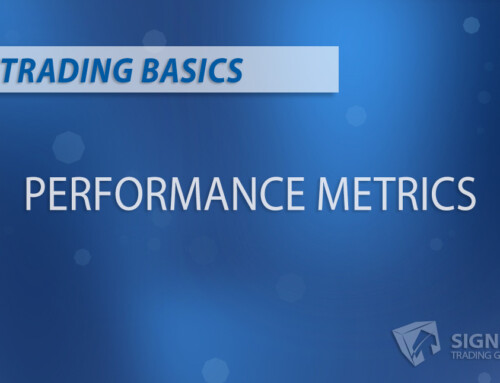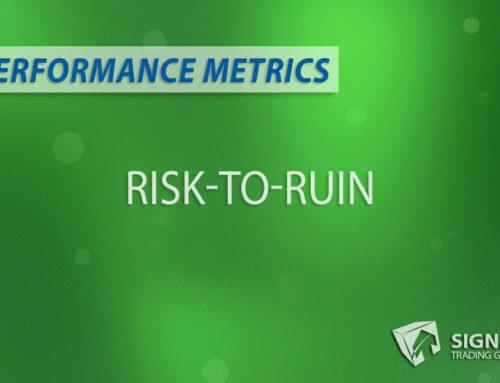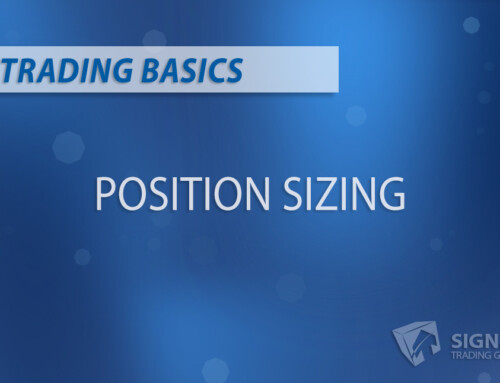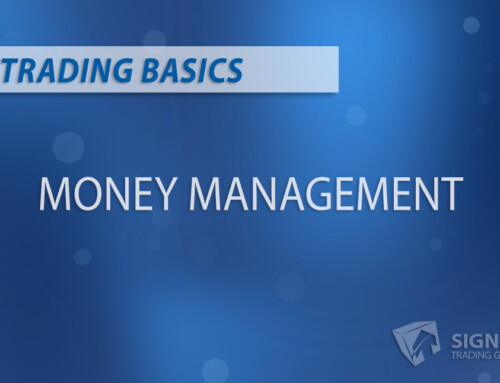The “Performance Metrics 101” blog series is geared towards providing traders with the essential evaluation tools they need to assess trading performance accurately. The goal is to provide a complete understanding of these tools, enabling traders to use them effectively.
Mastering The Kelly Criterion
In the world of trading and investment, managing your risk is crucial. A popular and effective method to do this is by utilizing The Kelly Criterion. In this blog post, we’ll delve into the concept, how it works, and why it’s essential for traders. We’ll also explore its application – with some specific examples – and discuss the benefits, drawbacks, and tips to use it effectively.
What is The Kelly Criterion?
The Kelly Criterion, developed by John Kelly in 1956, is a formula used to determine the optimal size of a series of investments to maximize long-term capital growth. It’s a critical concept that helps traders manage their risk, essential in any form of trading or investment.
Here’s the formula:
K% = (W × R – L) ÷ R
- K%: Kelly percentage; the optimal amount to invest (expressed in a percentage of total capital)
- W: the probability of a winning trade
- R: risk/reward ratio (ratio of potential profit to potential loss in a trade)
- L: the probability of a losing trade (1 – W)
Why is it Important for Traders?
The Kelly Criterion helps traders in several ways:
- Risk Management: Helping traders determine the optimal bet or investment size reduces the risk of losing too much on a single trade, helping preserve their capital.
- Maximizing Returns: The formula ensures traders maximize their long-term growth.
- Discipline: By applying this strategy, traders can avoid emotional decision-making and maintain discipline in investing.
Applying The Kelly Criterion to Gold Futures: Examples
Let’s see how the Kelly Criterion can be applied to trading gold futures (assume a $10,000 trading account):
Example 1:
Suppose you have a gold futures trading strategy that you’ve backtested and found to have a 60% win rate (W = 0.6), and each winning trade has a risk/reward ratio of 2 (R = 2).
Applying the Kelly Criterion:
K% = ((0.6 x 2) – (1 – 0.6)) ÷ 2 = 0.4 or 40%
In this case, the optimal investment size is 40% of your total capital, or $4,000.
Example 2:
Another strategy has a 50% win rate (W = 0.5) and a risk/reward ratio of 1.5 (R = 1.5).
Applying the Kelly Criterion:
K% = ((0.5 x 1.5) – (1 – 0.5)) ÷ 1.5 ≈ 0.166 or 16.6%
The optimal investment size is 16.6% of your total capital, or $1,660.
Benefits & Drawbacks
Benefits
- Capital preservation through optimal bet/investment sizing
- Higher return potential through strategic allocation
- Enhanced discipline in trading/investing decisions
Drawbacks
- Assumes returns are consistent, which may not be the case in reality
- The formula may encourage overleveraging if traders misestimate the win rate or risk/reward ratio
Tips for Using The Kelly Criterion Effectively
- Always use a well-researched risk/reward ratio
- Be conservative in assessing win rates
- Do not overextend – keeping a portion of capital for future trades.
The Kelly Criterion calculator is a highly effective tool for managing money in trading. With the application of the Kelly Criterion formula, traders can make informed decisions regarding the ideal size of their investments to achieve long-term growth. However, it is essential to note that the Kelly Criterion alone is not a universal approach and should always be combined with other strategies and considerations to manage risk effectively.





